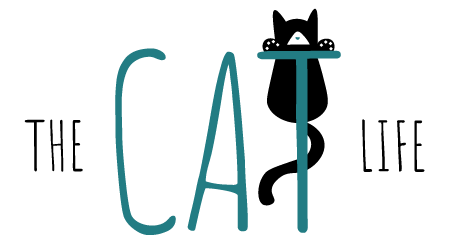A cat’s tail is an extension of their spine and is made up of several small bones called vertebrae. These bones are held together by ligaments, tendons, and muscles, which allow the tail to be incredibly flexible and move in a wide range of unique ways. The tail also contains nerves, blood vessels, and muscles that contribute to movement and bowel control.
In addition to its anatomical functions, a cat’s tail is also an important tool for communication. Cats use their tails to express their mood, intentions, and emotions. For example, a tail that sticks straight up signals happiness and a willingness to be friendly. A little twitch can mean a particularly happy moment. On the other hand, when a cat thrashes their tail or thumps it on the ground, they are irritated, annoyed, or angry.
Cats may also curve their tail around people or other cats they are bonded to as an affiliative behaviour. A tail tucked under or next to the body signals fear or submission. By observing a cat’s tail movements and positions, you can gain insight into their thoughts and feelings.
Despite its flexibility and strength, a cat’s tail is still vulnerable to injury. Common cat tail injuries include fractures, dislocations, scrapes, hair loss, swelling, nerve damage, blood vessel damage, broken bones, limp or paralyzed tail, abrasions, bite wounds, abscesses, pain at the base of the tail, and urinary or fecal incontinence. If you suspect your cat has injured their tail, it’s important to seek veterinary care as soon as possible.
In conclusion, a cat’s tail is a fascinating and complex part of their anatomy that serves both functional and communicative purposes. By understanding the anatomy and behaviour of a cat’s tail, you can better understand your feline friend and provide them with the care they need.

